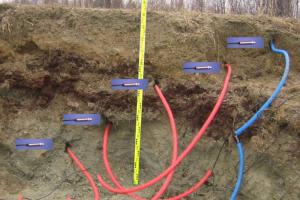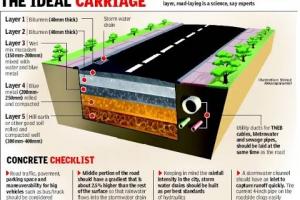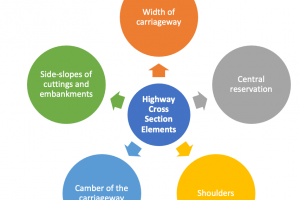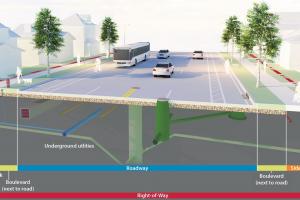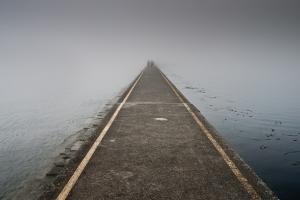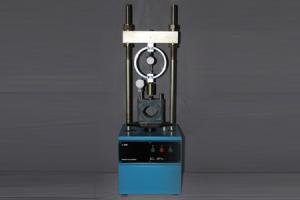Classification of Roads - Arterial, Collector, Local Roads
Existing Transportation System
Karachi is enormous and vast and comes among the largest populated cities in the world. Traveling is a major need of every city, people travel every day to work, learn, shop, and do many other daily life chores. Everyone wants to get to their destination quickly and safely with spending the least traveling cost. Hence a good transportation system is an essential need of every city.
The transportation sector of any city dramatically affects the economic and industrial development of the city. It would not be saying too much that people depend on roads for their survival.
Also See: Types of Roads
Transportation system:
In simple words it is the interlinking of roads- the manner in which different roads connect to each other, their geometry, and the way it is aligned with reference to land use. Large cities comprise many kinds of roads, while smaller towns probably have fewer road types.
Road Classification System:
A road classification system divides and categorizes the roads into different groups or classes depending on the type of service each road is required to provide. The road classification system is a fundamental tool for the infrastructure development and traffic management of any city. Sorting and grouping roads that provide similar functions can help improve transportation planning, road infrastructure design and maintenance, and other traffic operations.
The road classification system can help reduce pollution emanating from motorized vehicles in the neighborhood. The classification system clearly defines which roads should carry higher volumes of traffic and which roads should carry lower volumes. It also depicts the traveling speed of each road category. And also helps in measuring the total road network of a city. The road classification system guarantees efficient routes and eliminates the chances of infiltration of major roads into neighborhoods to avoid accident rates, congestion, and pollution. The updating and maintenance of the Road Classification System is an ongoing activity that ensures the existing road network of any country, and any new streets constructed in the City are correctly classified based on their current functional levels.
The road classification system majorly consists of three classes of roads. However, every country has brought some changes in this classification according to their traffic situations. The three core categories of the road classification system are:
Arterial Roads
The main and primary function of arterial streets is traffic movement. The arterial collects its traffic from the collector roads. Sometimes a street or lane connects directly to an Arterial Road but this is not a well-designed transportation system—the main cause of such bad design may be oversight, poor town planning, or lack of funds. Arterial Roads allow higher vehicular speed and commonly have lots of intersections and traffic lights. Such roads are smooth, divided, and wide which always tempts the driver to drive at higher speeds therefore there are frequent speed traps on these roads. Pedestrian safety should be highly considered while designing arterials as the traffic speeds are usually high on these roads, and increased risks of pedestrian crashes are involved.
Collector Roads
The term Collector originates from the word collect which means to gather. This road has the function to collect traffic from all other streets and discharge them onto other collectors, arterials, or highways. The Collector Roads are also wide but not more than arterials. Collectors also allow a relatively higher speed limit. These roads may or may not be divided. The collectors usually have a low flow rate.
Also called major roads, contained within city limits and connect towns. Slow-moving traffic over short distances is its characteristic while its intersections are provided with signals.
Local Roads
Local roads serve primarily to provide access to the traffic emanating from the properties and discharge them onto collectors. They serve a minor role in the classification system and usually have low traffic. On Local streets, speed is usually kept low due to the frequent movements of children and adults both in the residential area. Buses and heavy vehicles are less expected on local streets.
In Pakistan, the road network comprises Motorways, National Highways, Strategic Roads, and Provincial and District Roads according to a source. Motorways and national highways form the backbone of the highway system, providing inter-provincial linkages along major corridors, and the provincial roads act as feeder roads to the national routes. Strategic routes are neither of the above but serve the areas of strategic importance to the nation. The motorways and national highways are managed by National Highway Authority, whereas provincial roads are managed by the respective provinces through their own systems. District Roads connect small conurbations and provide access to villages and remote areas. The local authorities and municipalities control the intra-urban roads of cities and towns for local travel. (Source: NHA)




